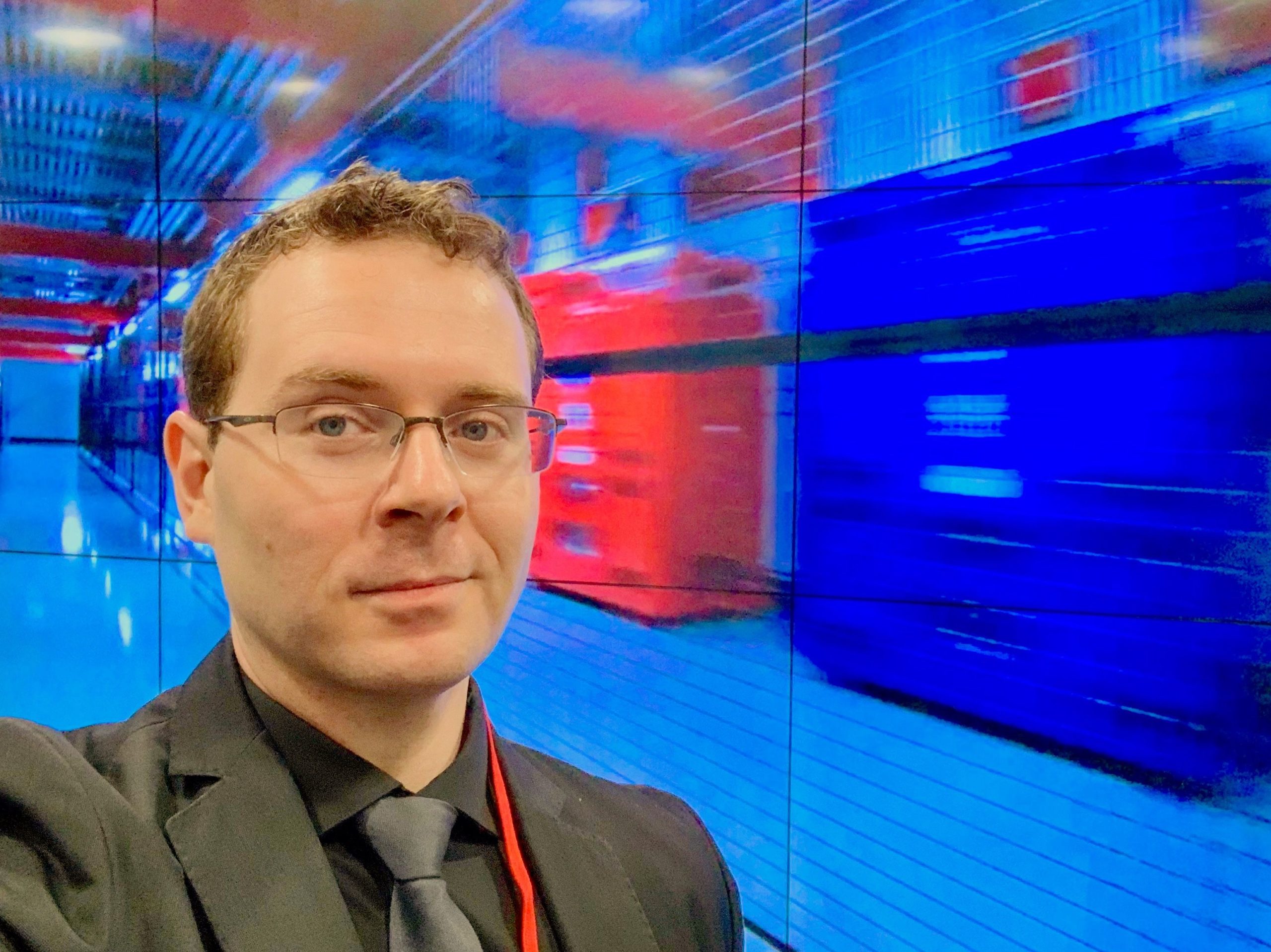Understanding the Threats to Our Data Centers: Security, Capacity, and More17 min read

We get the chance to talk about a lot of interesting things here on the Upsite blog. Future technologies, ways you can make your data center more efficient, and how to plan around better designs for your business initiatives.
However, we don’t always discuss the threats that our data centers have to face on a near daily basis. In the latest AFCOM State of the Data Center report, we learned about some of the biggest threats to both the data center and business. Basically, we saw which security and infrastructure threats kept the survey respondents up at night. Here’s what the report showed us:
- Ransomware: 56%
- Outside threats (human): 48%
- Advanced Persistent Threats (Theft of IT and/or corporate data): 44%
- Inside threats (human): 42%
- Loss of PII (personally identifiable information): 40%
Resources and Capacity
Know what else keeps data center leaders up at night? Running out of resources. Specifically, capacity. That means cooling capacity, power, and even airflow capacity. With the amount of density and growth the data center industry is experiencing, we can’t only worry about security threats impacting our business. To scale efficiently, we need to think about how we work with capacity within our data center.
Let me give you an example. Let’s say you’re a hyperscale data center. You’ve got the space, the customers, and the data center facility to support your business. But what about the underlying environmental variables? What about cooling and airflow? IDC forecasted that during the next two years, 25 percent of all large and mid-sized businesses will address the power and cooling facility mismatches in their data centers with new IT systems and put a 75 percent cap on data center space used. So, there again is the crucial challenge of doing more and innovating while keeping budgets and spend under control.
A major challenge with capacity is that leaders are being asked to do more with limited budgets and growing requirements. Remember, the data center business isn’t slowing down. The latest JLL report on Global Data Center Trends tells us that insatiable demand for data center space remained robust across regions throughout the year. Multi-cloud adoption continues to drive demand across markets and will be compounded with the advent of 5G network connectivity. Providers are strategizing their offerings to meet the growing need for long-term flexibility, while providing the space and power needed from large users.
That said, some of the biggest threats to our data centers don’t only revolve around security. They also very much include challenges and risk around capacity and simply running out of resources.
So, now what?
Start to Design and Plan Your Business Further Out Than Ever Before
I’m not talking bout 2-3 years out. Leaders in the data center space are actually asking the business question of, ‘what will happen to my business and data center ecosystem 5-10 years out?’ Organizations need to understand that when they run out of space, it takes a lot of time and effort to catch up to customer demand. So, why not just stay ahead of it?
- Resources are valuable and finite. Facilities leaders with a lot of experience in the field already know this. However, it’s critical to educate younger people in the industry as well as business leaders on how resources are already allocated and what you have left. Furthermore, working with the business means you’ll have fewer surprises. Let’s say your system is already at 70% capacity. You’re running well, you have some room to grow, but it’s getting a little tight. Suddenly, you get word that you’re about to acquire a major organization and absorb their data center operations. The good news is that the business is growing. The bad news is that you’re officially way overcommitted on your data center resources. I’m not saying you need to have an extra data center just sitting around. And, it’s always a bit of a challenge to predict business flow. However, staying inline with business requirements will help you plan for the future. Keep the conversation with business executives going; they’ll help make sure you at least know what to plan for.
- Threats to the data center don’t only revolve around security. As mentioned earlier, major challenges for hyperscale data center leaders is that they quickly lose that ‘hyper’ capability when it comes to scaling as soon as they start to run out of space. Then, they’re just basically another data center. Running out of room to grow is a serious business issue and a threat to the organization. In some cases, it can really stifle growth and even allow competitors to catch up. No one wants to experience a data breach. However, business leaders may cringe just as much if you tell them they can’t open a critical division or that it’ll cost them way more than expected, simply because you’re out of resources.
- Challenge partners and suppliers on their features, capabilities, and ability to deliver. Looking for a new cooling solution? Trying to improve airflow between your new racks? Maybe you’re evaluating a cool new DCIM design? Good for you. But don’t just take the marketing material or the salesperson’s word for it. Challenge the design, test out what you can, and absolutely make sure it can deliver. The last thing you want is a deployment that can’t scale and needs to be replaced.
- Never, ever become complacent. This can and will creep up on you, fast. Just because it’s working right now, doesn’t mean it’ll work in a week. I completely understand that your current airflow solution is doing well. But what if you deploy a high-performance compute platform (HPC)? Or, what of you start to deploy massive levels of convergence? Does your airflow solution still work? You sure? Complacency in the data center world not only impacts resource utilization and performance overall, it can be pretty bad for your career too.
Conclusion
Security concerns aren’t going anywhere. In fact, we have a much more motivated bad guy out there than ever before. However, remember that risk to the data center also very much revolves around your ability to support user and business demands. Run out of space, power, airflow, or cooling? You’re suddenly pumping the brakes on your business. And, that’s really not a great situation in any circumstance.
I know this is hard to conceptualize, but in order to stay ahead of a very digital market, you’ll need to adopt a new planning exercise. That is, start thinking about your business and technology needs 5-10 years out. Not only does this help align with new technologies and solutions, you can at the least plan for resource utilization and improved data center designs.

Bill Kleyman
Industry Analyst | Board Advisory Member | Writer/Blogger/Speaker | Contributing Editor | Executive | Millennial
Bill Kleyman is an award-winning data center, cloud, and digital infrastructure leader. He was ranked globally by an Onalytica Study as one of the leading executives in cloud computing and data security. He has spent more than 15 years specializing in the cybersecurity, virtualization, cloud, and data center industry. As an award-winning technologist, his most recent efforts with the Infrastructure Masons were recognized when he received the 2020 IM100 Award and the 2021 iMasons Education Champion Award for his work with numerous HBCUs and for helping diversify the digital infrastructure talent pool.
As an industry analyst, speaker, and author, Bill helps the digital infrastructure teams develop new ways to impact data center design, cloud architecture, security models (both physical and software), and how to work with new and emerging technologies.







0 Comments